DeepCool Assassin IV or a slightly different approach to cooling
Perhaps the boldest dual-tower cooler design in a decade is becoming a retail market reality. We’ve already written about the preparations for the Assassin IV, but now we have more details, there’s even a test sample in our editorial office already. Let’s pass the wait for the test results by philosophising about not all the elements that can positively or negatively shape cooling efficiency.
As of today, DeepCool has released the fourth CPU cooler in its highest-end line of tower coolers. The Assassin IV is very original or unique in the schematic layout of its parts. From certain angles the design of this cooler is hard to characterize. When viewed from the front, it may even appear to use no fan, but it still has two and on two towers.
However, the designers certainly didn’t follow the traditional template, which recommends using one of the two fans on the front tower in the “push” position (air through the fins). You won’t find a fan in these locations, which is naturally to the benefit of extra compatibility with memory modules. Considering the rotated base and the slim profile of the front tower, there is even quite a bit more space than would be sufficient. Some manufacturers (like Cryorig) would use a low-profile fan on the front tower (like on the R1 Universal), but DeepCool has it figured out differently. Whether better or worse remains to be seen.
The second fan is also well hidden. This one is traditionally in the middle, tightly clamped between the two towers of the heatsink. Doing it differently would be nonsense, as Thermaltake Sonic Tower once proved. Old-timers will recall that the fan on this historic dual-tower cooler was originally only supposed to be mounted on the front tower, but in the interest of achieving significantly higher effectiveness, users put the fan (with a homemade mount) in the center to more evenly dissipate heat from the heatsink. The Assassin IV cooler doesn’t do it any differently and has a 140mm DFr14 fan in these locations.
And now we come to the second, 120 mm fan, which is on the exhaust of the cooler. Usually this is the third position on dual-tower coolers, when you already have a fan in the first two and still want to increase the effectiveness a little bit. In this case, however, DeepCool has given preference to the fan on the rear tower over the fan on the front tower, which doesn’t push air into the fins, but exhausts it. Of course, even with this orientation there is very intense airflow, especially when the towers are framed by tunnels, which means that the pressure between the fins doesn’t drop too much, or the air doesn’t leak out as much as with designs with open heatsinks on the sides.
But why doesn’t anyone use such a system anyway? The difference between pushing air into the fins and sucking it out is that in one case the heatsink is exposed to a more turbulent environment. And that’s when the air is pushed into the fins. Turbulent flow is advantageous here in that it mixes warm air molecules more effectively with cold air molecules and thus removes more heat at the same airflow than in a situation where the airflow is less turbulent. And that’s the other case – the exhaust fan. In this orientation, higher airflow is often achieved with the same fan (especially when the passage is well sealed) because there is a little less air resistance acting on the fan (as when pushing), but even at higher airflow, it will remove fewer warm air molecules, which is key.
In the past, cooler manufacturers believed that this was a better/more efficient option and you can find several old coolers (typically from the end of the last millennium) where one fan does not push air through the fins, but exhausts it. However, it could still be a more efficient option in some circumstances, as long as the airflow is both “high enough” and “turbulent enough”, and the profile of the fins of the cooler themselves plays a part in this to some extent. But that’s all theory, and the only important practical consideration is with which cooler we’ll measure higher cooling performance at the same noise level. Naturally, we have only the highest expectations for Assassin IV, and we’re hoping for a close battle with the Cooler Master MA824 Stealth.
The Assassin IV cooler is a bit smaller (164mm tall, 144mm wide and 147mm long), but it’s still over 1.5 kilos (1575g), and we know from the past that even coolers with significantly lighter heatsinks can defeat heavier ones (which is also the case with the Thermalright Silver Arrow SB-E versus the Noctua NH-D15), if the heatpipes use the available fin surface area extremely efficiently, more efficiently than some other coolers with a larger total fin surface area, and the airflow of the fans is also more efficient.
Assassin IV uses seven 7 mm diameter heatpipes to dissipate heat from the copper coldplate to the heatsink. It can be mounted on all newer platforms (AMD AM5/AM4 and Intel LGA 1700/1200/115x/2066/2011/2011-v3) with the exception of AMD sTR(X)4. The stated TDP is high, up to 280 W. Availability in stores is immediate and the manufacturer’s suggested retail price is 99 EUR.
English translation and edit by Jozef Dudáš





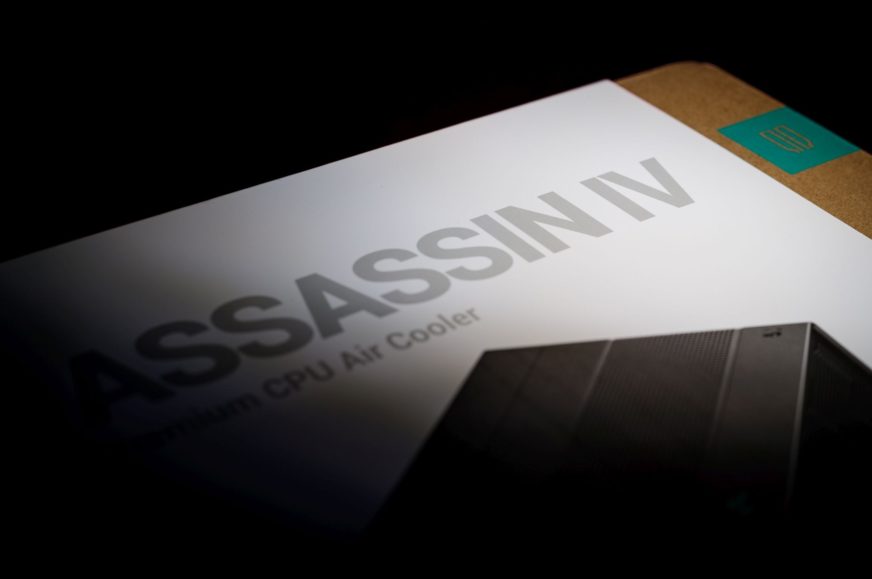
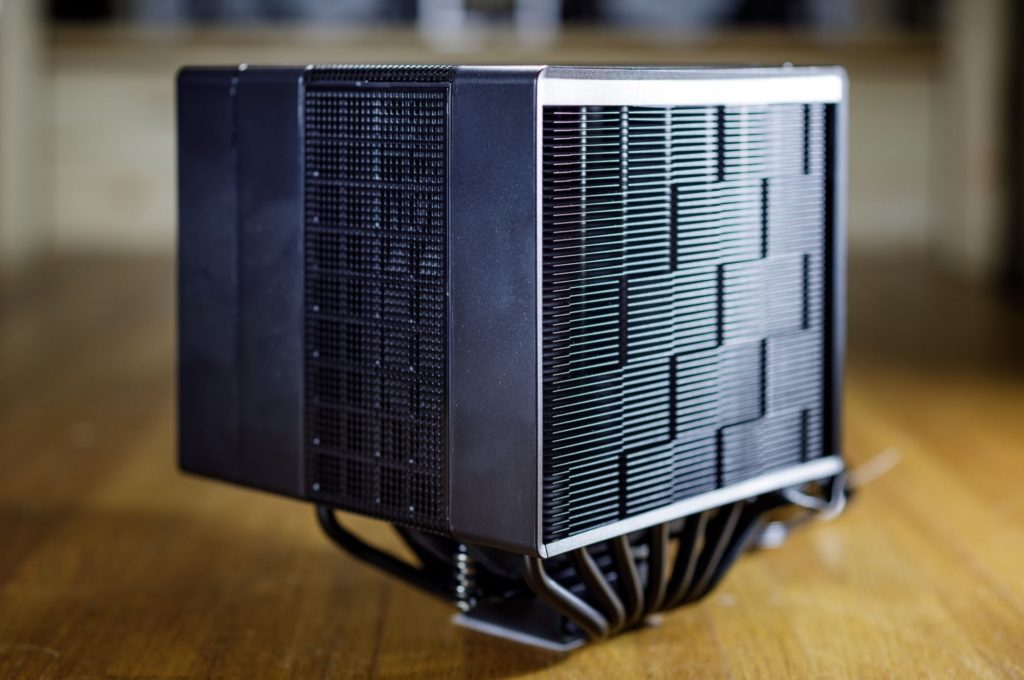
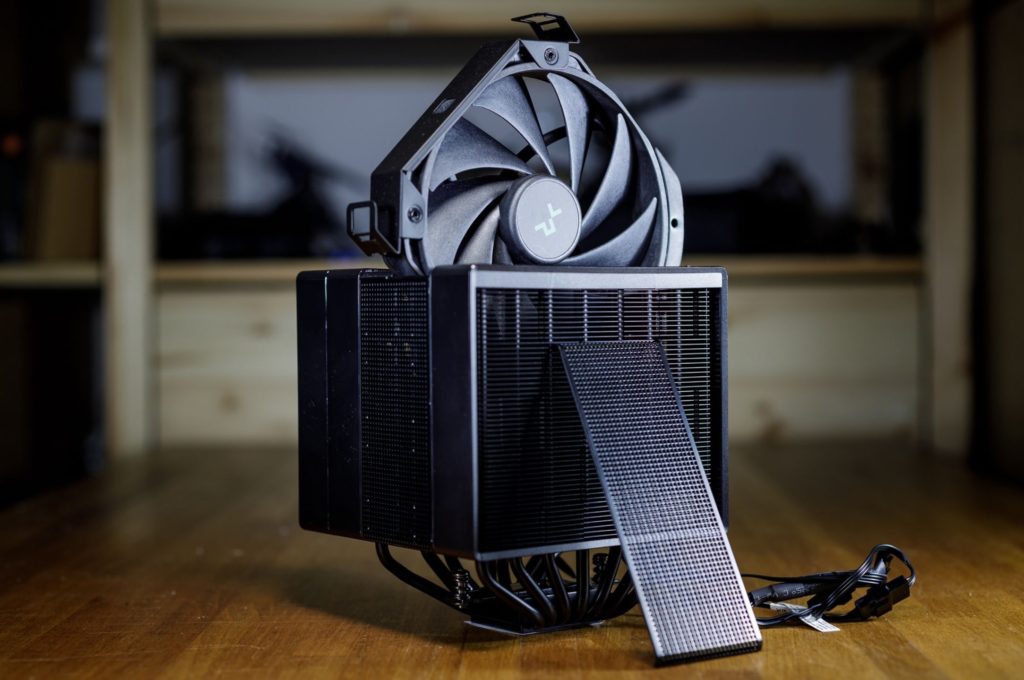

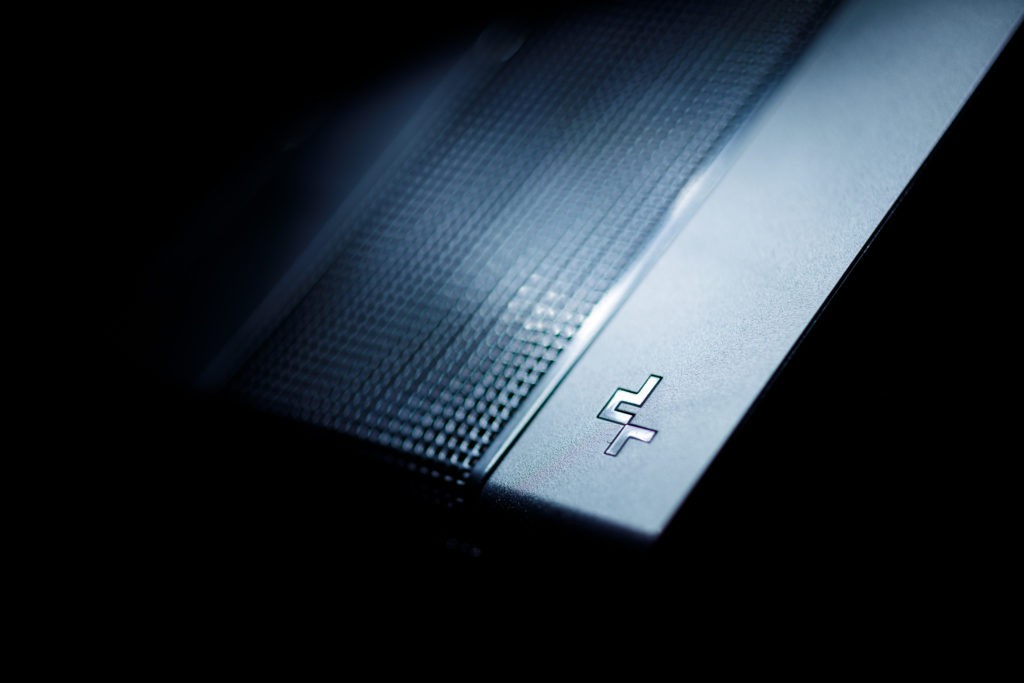
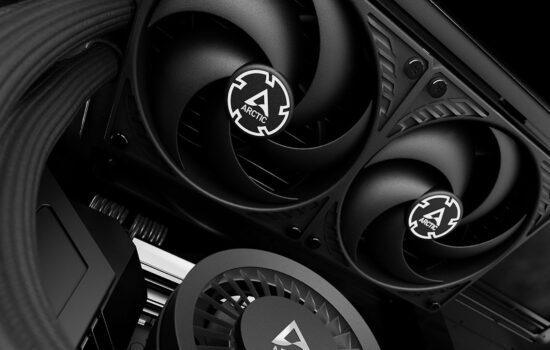





It will be quite interesting to see the test results because Assassin IV is one of the most unique air coolers.
It is quite impressive that Deepcool knows the complete contact between an intake part of fan and heatsink can generate unpleasant noise(sounds like VGA coil whine) when a fan operates in high speed. They set enough distance between heatsink and fan, so there is no noise like that at all.
The 120mm fan mounted at rear showed the big improvement. Unlike FK120, this new fan now I have has no resonant noise(240~250Hz and 600~700Hz) at specific RPM rotational speeds and ranges. Can you include the spectrogram of the new one in your next article?
On the other hand.. the 140mm fan has quiet annoying noise profile when it is operated high rotational speed. So I tried to swap the previous one to round-shaped 140mm(NF-A15, TF140S) or NF-A12X25 but failed to completely mount them.
The cooling performance I roughly measured is a bit higher than NH-D15 but not that big difference. I really wonder its other test results because my CPU(5800X) is really not suitable for CPU cooler test.
I have been working with a colleague on the measurement of frequency analysis of sound in coolers for a long time and we agreed to start from the Assassin IV tests. So you will find spectrograms in the next CPU cooler test (at least for the Assassin IV).
Personally, I don’t really manage to get to CPU coolers, and I only “know” the Assassin IV from pictures. Only now, after your post, I realized that the rotor of the outtake fan does not match the FK120. I didn’t overlook the inverted design, of course, but the wider and overall larger blades, that I did. It seemed to me that they are different, but I said to myself that I could be perceiving some kind of distortion when I took the photo from an angle… it’s true that the specs with higher airflow at lower speeds suggest that it’s probably not a FK120 rotor.
It’s a pity that, at least so far, it seems that none of these fans on the Assassin IV are going to be sold separately. The 120 mm one would certainly give the competition a hard time, especially since, as you point out, it combats one of the biggest shortcomings of the FK120 – tonal peaks at lower sound frequencies.